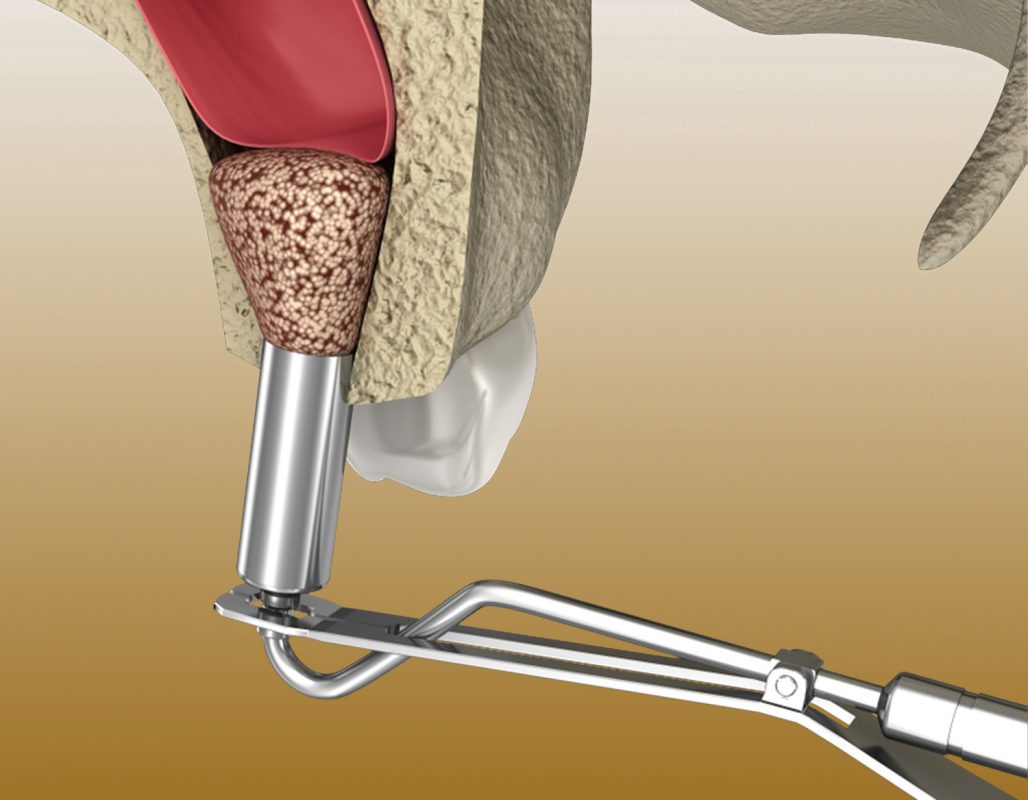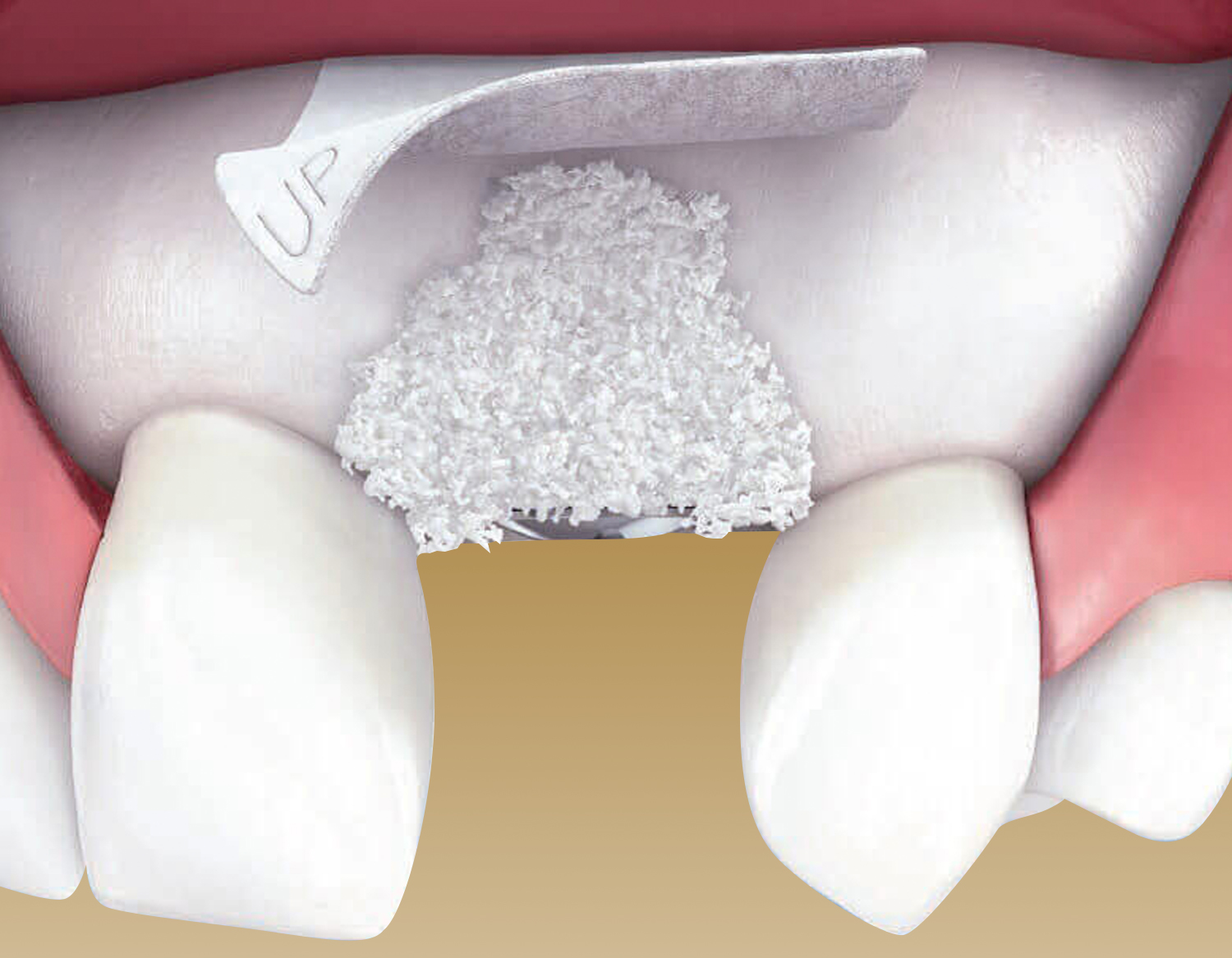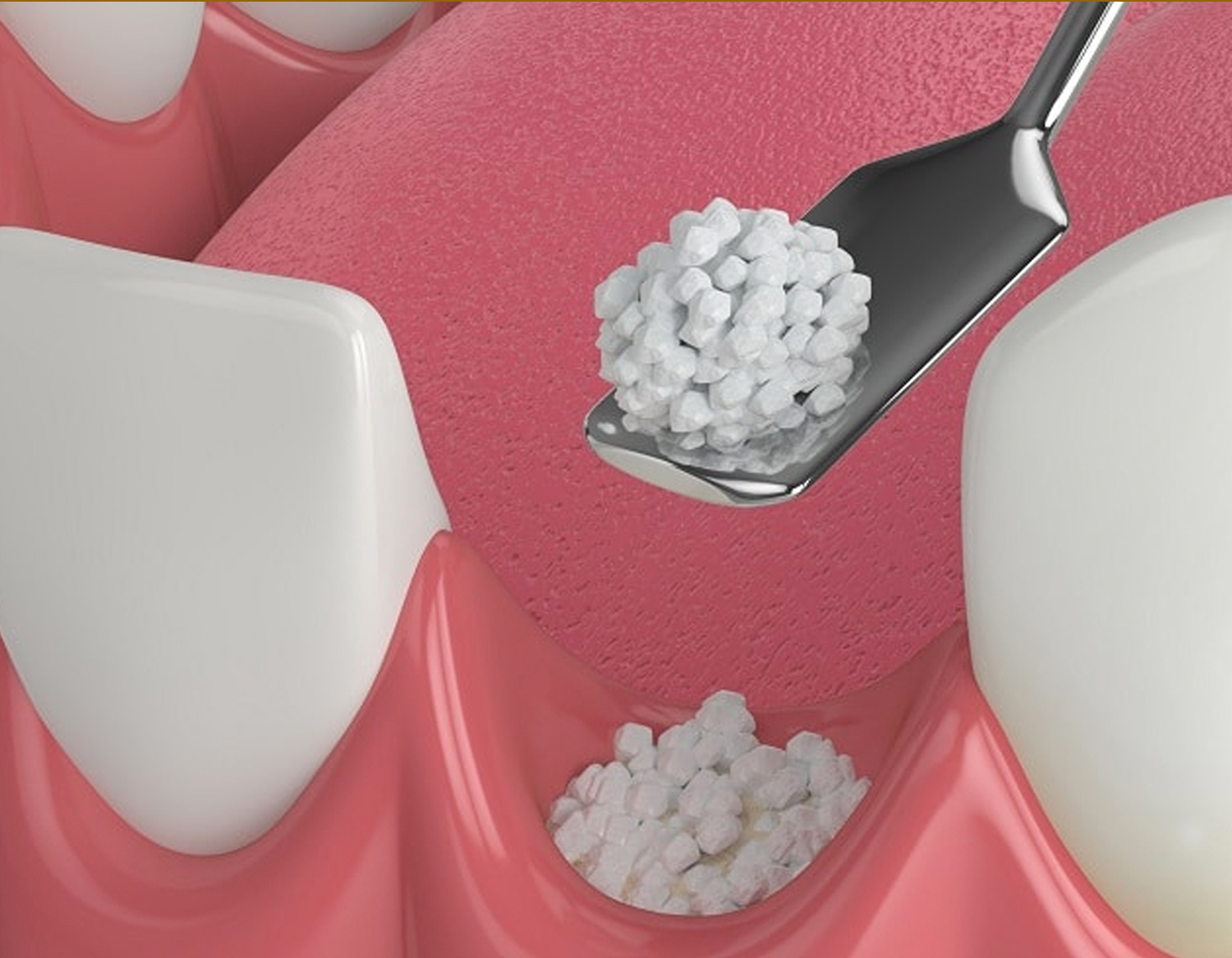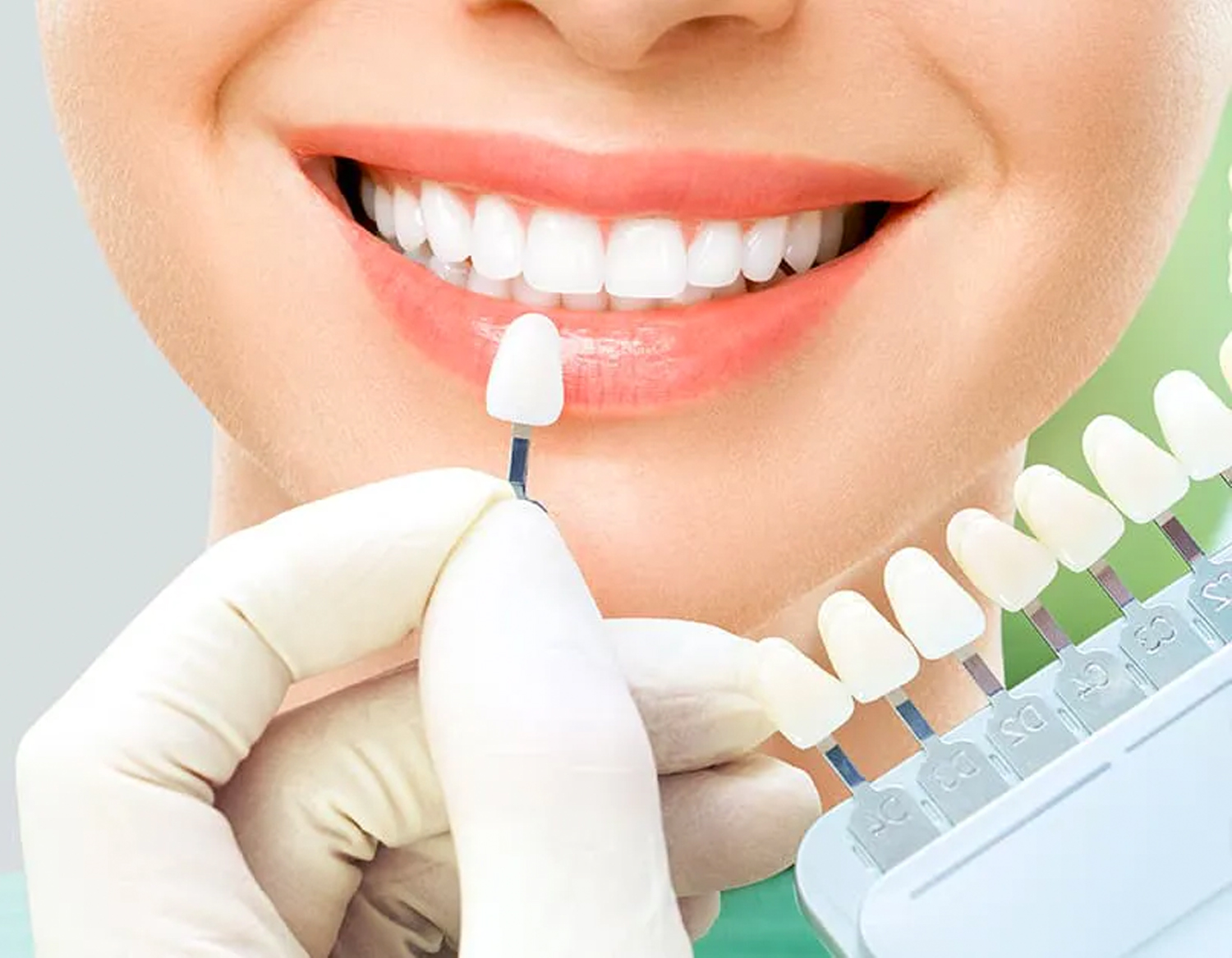Nowadays, more and more people are getting dental implants, making sinus lift more popular. Surgery is known to be a treatment that your dentist may recommend when you don’t have enough jaw bone to warrant an implant. Let’s answer some of the most common questions about sinus lift to prepare for your surgery with complete confidence.
What is a sinus lift procedure?
A sinus lift, also known as sinus augmentation or sinus graft, is a procedure used in dental implants when the patient has had bone loss, or not enough bone to support the implant.
This procedure increases the amount of bone in the upper jaw by adding bone to the space between the molars and premolars. To make room for the new bone, the sinus graft refers to the augmentation or lifting up of the maxillary sinus.
Typically, a sinus lift is one of many procedures performed during a full mouth reconstruction.
Who is a good candidate for a sinus lift?
A sinus lift is performed during dental implants, when the patient is missing teeth and jawbone at the back of the jaw, near the sinuses. A sinus lift can also be used if your sinuses are too close to your upper jaw and you need more space to place the implant.
Some causes of bone loss include:
– Gum or periodontal disease
– Loss of teeth in your upper jaw
– Bone resorption into the body after tooth loss
– The size of the jawbone is small to implant
– Large sinuses lead to less room for dental implants
– Maxillary sinus is too close to the upper jaw
Types of sinus lift
There are two main techniques for performing a sinus graft:

Lateral Window Technique
Using the Lateral Window Technique (or direct sinus lift), the sinus membrane is lifted to make room for the additional bone needed prior to a dental implant. Bone material is obtained from another part of the patient’s body, a cadaver, an animal, or synthetic bone.
During surgery, the gum tissue is cut to expose the jawbone, which is then cut itself to create a “trap door” of bone that is hinged at the top. By pushing on the jawbone and moving it inward and upward in the sinuses, the sinus membrane is lifted higher. The dentist will then place a bone graft in the empty space left by the raised membrane. Finally, the surgeon will suture the wound. The time it takes for the bone graft to integrate with the existing bone is 4 to 9 months before the dental implant procedure.
Osteotome Technique
It is the least invasive type of sinus lift combined with osteopathy, in which a sinus graft is immediately followed by dental implant placement. The procedure begins with a small hole made in the jawbone. Bone grafting material is placed between the jawbone and the floor of the sinuses, increasing the space between them. Then the implant will be inserted. This technique is only suitable in cases where there is not enough bone to hold the implant firmly, but enough bone to provide stability.
How does a sinus lift procedure do?
There are 3 phases of a sinus lift procedure:

What happens before a sinus lift procedure?
The first step is to determine the bone material used in the surgery. There are four common types of bone used in sinus augmentation surgery:
– Bones from your own body (Autografts) are usually obtained from other areas in your mouth or body.
– Bones from cadavers (Allografts)
– Cow bones (Xenografts)
– Synthetic bone-like material (Alloplastics)
Once the bone source is identified, the surgeon will take X-rays to study, accurately measure the height and width of the existing bone, and evaluate your sinuses.
After selecting the right type of bone for bone grafting, the dentists will begin the procedure.
What happens during a sinus lift procedure?
The sinus lift process takes from 90 minutes to two hours. Here’s a general sequence of events that take place during sinus augmentation surgery:
– First, the patient is given local/general anesthesia, using oral or intravenous sedation.
– Next, the doctor will cut the gum tissue at the position where the sinus graft is needed to expose the jawbone.
– With the tissue raised and the jawbone exposed, the surgeon will make a small circular cut in the bone, through which they can be gently pushed into the membrane of the sinuses.
– When the bone piece is lifted into the sinus cavity, the hole is filled with the bone graft that was identified before surgery.
– Finally, the surgeon will stitch the incision.
The healing time before the dentist will perform the implant for you is about 4-12 months. During this time, the new bone has time to fully fuse with your existing bone. The time between surgery and implant placement depends on how much bone you need.
What’s the recovery and aftercare like for a sinus lift procedure?
Some of the most common side effects after a sinus graft are swelling and bleeding, but with minimal discomfort. Full recovery from a sinus graft takes a minimum of 6 months for the sinuses to heal and the bone to be strong enough to support a dental implant.
The most important part of the healing process is keeping the bone graft in place, so:
– Avoid blowing your nose or sneezing, if possible, because sneezing and blowing your nose can move the bone graft material and loosen the stitches.
– Buy a saline spray to prevent congestion, swelling, and keep your nose moist.
– Use pain relievers, antibiotics, and antibacterial mouthwashes to prevent infection.
– Avoid brushing your teeth for a certain period of time to avoid dislodging blood clots or bleeding.
– Do not drink through a straw because it can dissolve blood clots, preventing bleeding.
– Limit smoking.
You will have a follow-up visit with your dentist 7-10 days after surgery. During this appointment, the dentist will examine the surgical site and may manually remove any undissolved stitches. In some cases, the patient is asked to come back several more times to make sure the area is healing.

Benefits of a sinus lift
– Add bond in the placement for dental implants
– Added bone to the upper jaw can help improve the appearance of the facial structure
– Prevents further bone loss due to the bone graft carried out during a sinus augmentation creating further support for existing teeth
– Extensive previous bone loss caused by periodontal disease, cancer treatment, or trauma
Risks of a sinus lift
– Puncturing or tearing the sinus membrane. If this happens, the surgeon will stitch up the sinus tear or place a patch over it. If the tear is large, your surgeon may stop the procedure and allow some time to heal before trying again.
– Infections are like any surgical procedure. However, infection from a sinus augmentation is uncommon.
– Existing bone does not integrate with the bone graft material. If this happens, you may have to have the sinus graft procedure done again.
How much does a sinus lift cost?
At Ava Dental Clinic, the cost of sinus lift service depends on the types of bone used in surgery, averaging $170 – $300.
Learn more about sinus lift service fees here.
If you have questions about a sinus lift, our highly experienced dentists team can answer your questions. We can guide you through every step and ensure the best result with the smile you have always wanted.
Contact us today to schedule a consultation: 0868.134.138 – 0346.134.138
Or fill out the appointment online form, and someone from our team will reach out to you soon.
>>>>> View more: Ava Dental Clinic Fanpage





